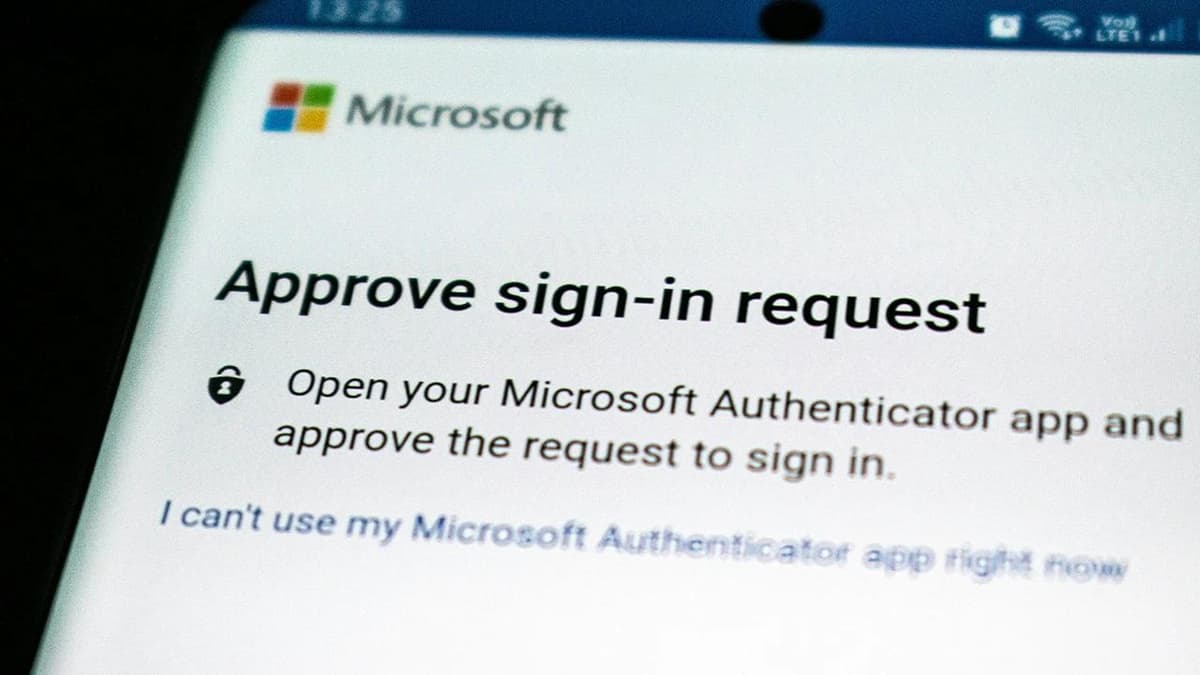How to Check the Connection Status in Node.js MySQL?
Are you facing issues with your Node.js application's MySQL database connection? Understanding the connection status can be crucial for ensuring the smooth operation of your application. In this article, we will explore how you can check the connection status in Node.js when working with a MySQL database.
Basic Connection Establishment
When setting up a connection to a MySQL database in Node.js, you typically use a library such as mysql or mysql2. These libraries provide methods to establish a connection with the database. Let's assume you have already set up a connection using one of these libraries. Now, the next step is to check the connection status periodically to ensure it remains stable.
Checking Connection Status
Node.js allows you to check the status of a MySQL connection using a simple approach. One common way is to utilize the ping() method provided by the MySQL library. This method sends a ping request to the database server to check if the connection is still active.
Below is an example code snippet demonstrating how you can check the connection status using the ping() method:
Javascript
In the above code, we create a MySQL connection and then use setInterval to periodically call the ping() method to check the connection status. If an error occurs during the ping request, it indicates that the connection is lost. Otherwise, the connection remains active.
Handling Connection Loss
It is essential to have proper error handling in place to deal with cases where the connection is lost. When the connection status check reveals that the connection is lost, you can take appropriate actions, such as attempting to reconnect to the database or logging the incident for further investigation.
Javascript
Improving Connection Monitoring
To enhance connection monitoring, you can implement additional mechanisms such as logging connection status changes, setting up alerts, or implementing automatic reconnection strategies. By keeping a close eye on the connection status, you can proactively address any potential issues before they impact the application's performance.
Using Connection Pool
If your Node.js application uses a connection pool to manage database connections, you can still check the connection status. The approach is similar to checking a single connection, but you need to consider iterating over all connections in the pool.
Javascript
In the above code, we are checking the status of each connection in the pool by first obtaining a connection from the pool and then calling the ping() method. Once the check is done, we release the connection back to the pool.
Maintaining a stable connection to your MySQL database is crucial for the performance and reliability of your Node.js application. By periodically checking the connection status, you can detect issues early and prevent potential disruptions. Remember to implement appropriate error handling and monitoring strategies to effectively manage the connection status.
Implement these techniques in your Node.js application to ensure a robust connection to your MySQL database. Stay proactive in monitoring the connection status to keep your application running smoothly.












